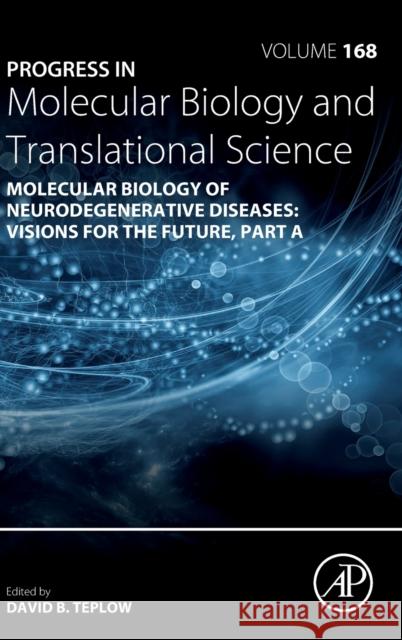Molecular Biology of Neurodegenerative Diseases: Visions for the Future: Volume 168 » książka
topmenu
Molecular Biology of Neurodegenerative Diseases: Visions for the Future: Volume 168
ISBN-13: 9780128178744 / Angielski / Twarda / 2019 / 408 str.
Molecular Biology of Neurodegenerative Diseases: Visions for the Future: Volume 168
ISBN-13: 9780128178744 / Angielski / Twarda / 2019 / 408 str.
cena 653,63
(netto: 622,50 VAT: 5%)
Najniższa cena z 30 dni: 646,94
(netto: 622,50 VAT: 5%)
Najniższa cena z 30 dni: 646,94
Termin realizacji zamówienia:
ok. 30 dni roboczych
Bez gwarancji dostawy przed świętami
ok. 30 dni roboczych
Bez gwarancji dostawy przed świętami
Darmowa dostawa!
Kategorie:
Kategorie BISAC:
Wydawca:
Academic Press
Seria wydawnicza:
Język:
Angielski
ISBN-13:
9780128178744
Rok wydania:
2019
Numer serii:
000532955
Ilość stron:
408
Waga:
0.71 kg
Wymiary:
22.86 x 15.24 x 2.39
Oprawa:
Twarda
Wolumenów:
01











